#trappist-1
Explore tagged Tumblr posts
Text
Nice to meet you too lil’ man (gender neutral)
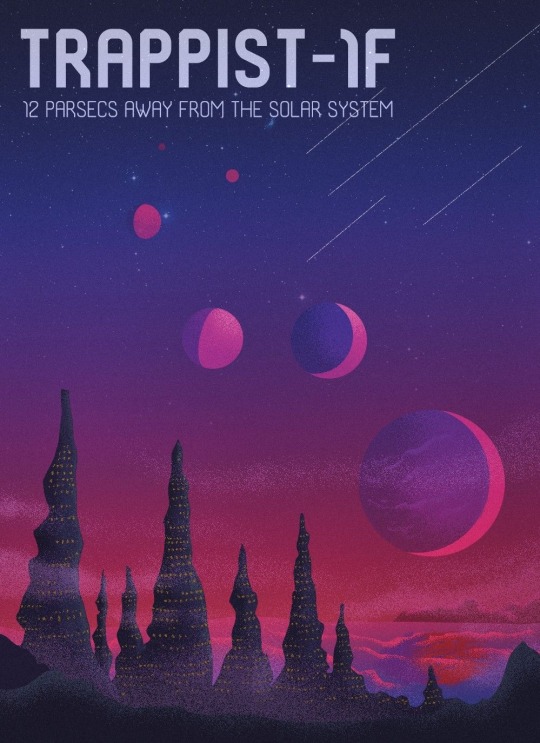
Welcome, To TRAPPIST-1 F
33 notes
·
View notes
Text
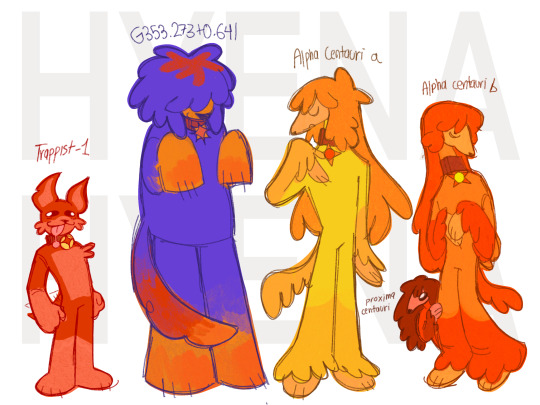
DOGDAYS FANMADE FAMILY BASED ON REAL STARS BECAUSE STARS ARE SO COOL AND I LOVE THEM SO MUCH
#poppy playtime#poppy playtime 3#art#fanart#dogday#trappist-1#g353.273+0641#(a baby star!!!)#alpha centauri a#alpha centauri b#proxima centauri#i love stars so much oh my gosh someone help me
289 notes
·
View notes
Text
An article published in the journal "Nature Astronomy" reports a possible reconstruction of the system of the ultra-cool dwarf star TRAPPIST-1 that led to the current configuration of its seven rocky planets. A team of researchers examined their orbits and in particular their orbital resonances, concluding that the planets formed in two steps in a protoplanetary disk divided into two parts. Initially, this led to the formation of two planetary subsystems and only later did planetary migrations occur with influences between various planets that led to the current situation.
1 note
·
View note
Text
I love these so much fr
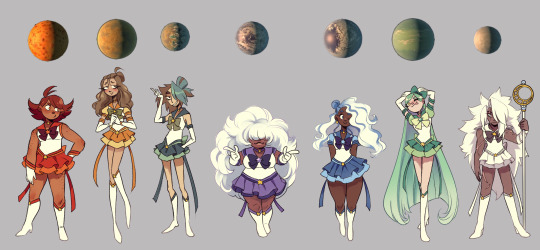
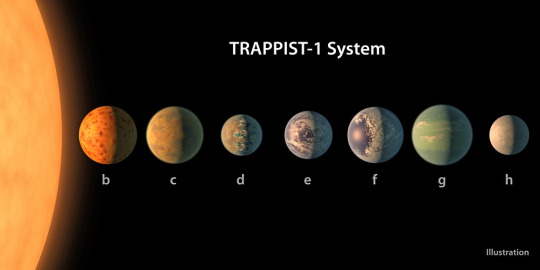
I designed Sailor Senshi for the Trappist-1 system! I know they should have their own unique uniform, but I just felt like drawing the standard Solar System one
702 notes
·
View notes
Text
I love the Astronomy tag because it ranges from people posting their pictures of the moon and stars to people infodumping about the latest TRAPPIST-1 exoplanet studies, 5k words, no editing
The passion and wonder experienced and shown differently from person to person makes me emotional actually. Its really cute
75 notes
·
View notes
Note
top 5 cellestial objects
TRAPPIST-1 - This is a whole star system but I'm counting them all. Absolutely magical place with seven planets around a star just barely larger than Jupiter. The entire system fits within the distance from Sol to Mercury. 3(!) of the planets are in the habitable zone, and all are roughly earth-like. They are so close to each other that you could see the other planets in their skies. It is older than our own solar system. It's just so much.
Phoenix A - The central black hole of the Phoenix Cluster. The sheer size of this thing makes me cry.
Quasi-stars (Black Hole Stars) - Does this count? They're theoretical, but whatever. Potentially the largest stars to have ever existed. Their cores would have been black holes, but maintained equilibrium between gravity and the black hole's outward radiation pressure. It's wild.
Einstein Cross - A gravitationally-lensed quasar forming a cross shape - you see the same image of it in 4 different positions due to light bending around a foreground galaxy!
The Pillars of Creation - It's a classic, but this is still one of my favourite things I've ever seen. There's something so emotional about images of this.
There's so much more I could put in here that it's genuinely so hard to pick five lmao
#space#astrology#arlwiss#ask#thank you for this it was actually fun#i will be answering the others when i have time i'm so sorry lmao#trappist-1#pheonix a#quasi-stair#black hole star#einstein cross#pillars of creation#exoplanets#nebula
10 notes
·
View notes
Text




18 notes
·
View notes
Text
TRAPPIST-1 Characters

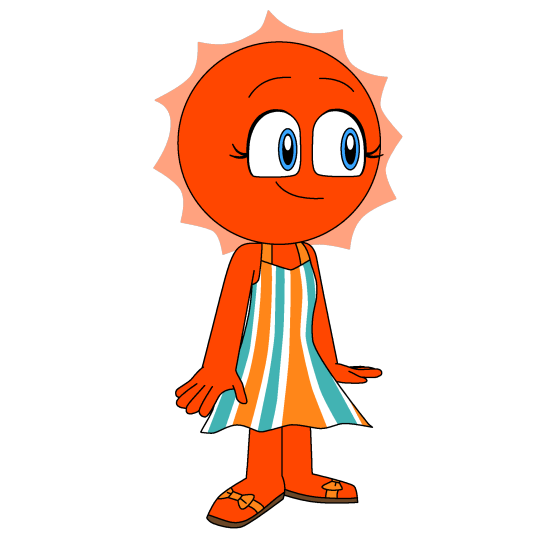
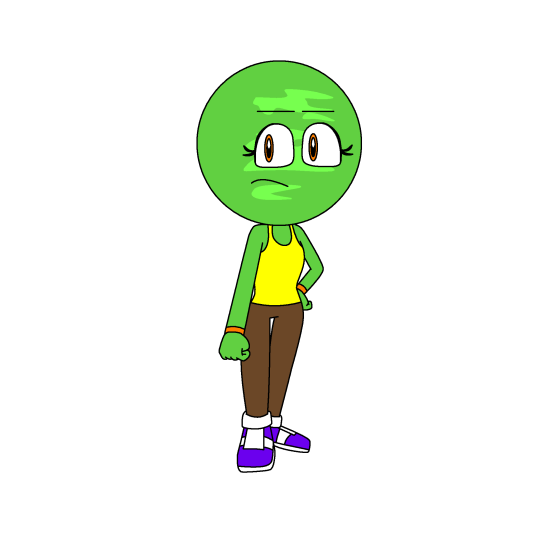



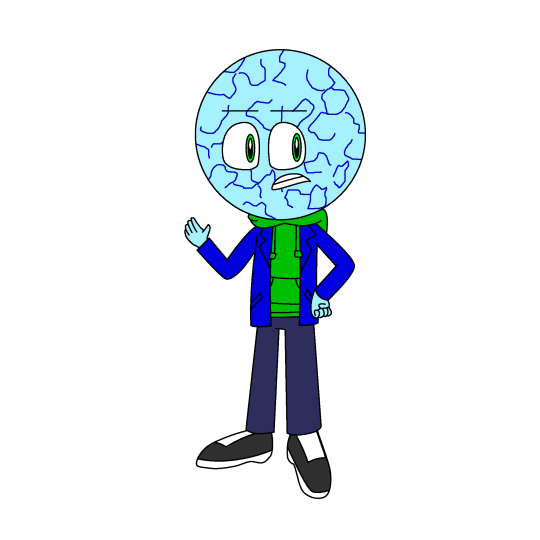
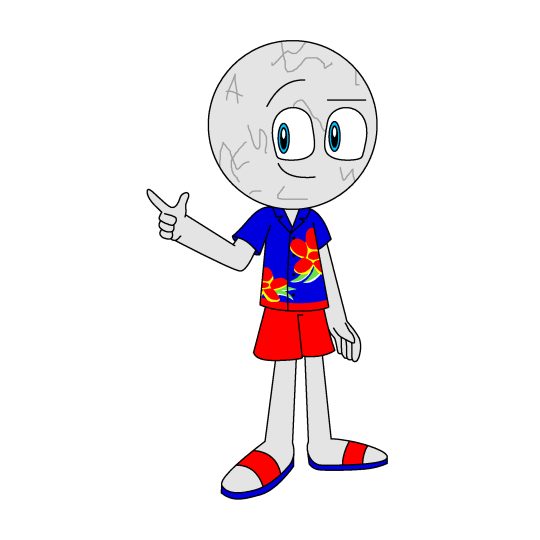

TRAPPIST-1, b, c, d, e, f, g, h
#Neptune Adventure#TRAPPIST-1#Characters#Vanilla#Fiona#Bonbon#Curt#Whitney#Tundra#Apollo#Glacia#Design#Character#Art#Planets#Planet#TRAPPIST-1b#TRAPPIST-1c#TRAPPIST-1d#TRAPPIST-1e#TRAPPIST-1f#TRAPPIST-1g#TRAPPIST-1h
6 notes
·
View notes
Text

TRAPPIST-1
The star appears to have many stellar spots (colder regions of its surface, similar to sunspots) and flares. The exoplanet TRAPPIST-1 b, the closest planet to the system’s central star, can be seen in the foreground with no apparent atmosphere.
The exoplanet TRAPPIST-1 g, one of the planets in the system’s habitable zone, can be seen in the background to the right of the star. The TRAPPIST-1 system contains seven Earth-sized exoplanets.
Credit: Benoît Gougeon, Université de Montréal
#art#cosmos#cosmic#universe#blast#space#wallpaper#stars#nasa#render#illustration#red dwarf#dwarf#trappist-1#exoplanet#benoit gougeon#université de montréal
13 notes
·
View notes
Text

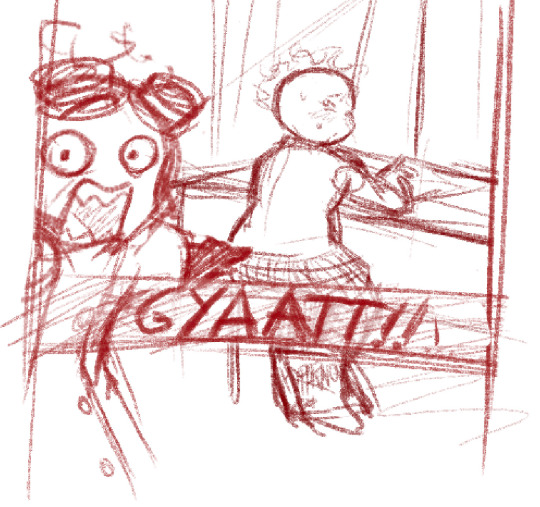

Have these doodles of my stupid sons
#artists on tumblr#digital art#digital artist#planet humans#planethumans#original characters#proxima centauri#Trappist-1
5 notes
·
View notes
Link
Astronomy Daily - The Podcast: S03E200 Welcome to Astronomy Daily, your source for the latest in space and Astronomy news. I'm your host, Anna, and today we embark on an extraordinary journey through our solar system and beyond. From ancient Martian rivers to SpaceX's Starship plans, let's dive into the cosmic wonders that shape our understanding of the universe. Highlights: - Ancient Martian Rivers: Discover how sheets of carbon dioxide ice preserved rivers on Mars over 3 billion years ago, solving a long-standing puzzle about the Red Planet's watery past. This breakthrough offers new insights into Mars's ancient climate and geological features. - SpaceX's Starship Test Flight: SpaceX is preparing for its next Starship test flight, featuring exciting upgrades and a critical Raptor engine relight demonstration. Learn how these innovations bring us closer to reliable deep space access. - Virgin Galactic's Ambitious Expansion: Virgin Galactic plans to accelerate its space tourism growth with a $300 million capital raise. This move aims to double their spacecraft fleet by 2028, transforming their operations at Spaceport America. - James Webb Space Telescope's Exoplanet Research: Explore how the JWST is enhancing our search for life-supporting atmospheres on exoplanets, particularly around M dwarf stars. Recent findings from the Trappist-1 system offer promising signs for future exploration. - Venus's Ancient Crater Discovery: Scientists have identified a massive impact crater on Venus, offering new insights into the planet's ancient history and the early solar system. This discovery could reshape our understanding of Venus's geological past. - Netflix's "The Man Who Loved UFOs": Dive into the satirical film about Argentina's notorious UFO incident in the 1980s. This story explores the phenomenon of UFO hysteria and media manipulation, offering a timely reflection on belief and misinformation. For more cosmic updates, visit our website at astronomydaily.io. Sign up for our free Daily newsletter to stay informed on all things space. Join our community on social media by searching for #AstroDailyPod on Facebook, X, YouTubeMusic Music, Tumblr, and TikTok. Share your thoughts and connect with fellow space enthusiasts. Thank you for tuning in. This is Anna signing off. Until next time, keep looking up and stay curious about the wonders of our universe. Sponsor Links: NordVPN - www.bitesz.com/nordvpn - Secure your internet browsing with up to 74% off! Old Glory - www.bitesz.com/oldglory - Now with official NASA Merch! Become a supporter of this podcast: https://www.spreaker.com/podcast/astronomy-daily-the-podcast--5648921/support.
#ancient#crater#discovery#exoplanets#impact#james#m#mars#martian#rivers#space#space-exploration#space-tourism#spacex-starship#telescope#trappist-1#venus#virgin-galactic#water#webb
0 notes
Text
Un articolo pubblicato sulla rivista "Nature Astronomy" riporta una possibile ricostruzione del sistema della stella nana ultrafredda TRAPPIST-1 che ha portato all'attuale configurazione dei suoi sette pianeti rocciosi. Un team di ricercatori ha esaminato le loro orbite e in particolare le loro risonanze orbitali concludendo che i pianeti si sono formati in due fasi in un disco protoplanetario diviso in due parti. Inizialmente ciò ha portato alla formazione di due sottosistemi planetari e solo successivamente vi sono state migrazioni planetarie con influenze tra vari pianeti che hanno portato alla situazione attuale.
0 notes
Text
The James Webb Space Telescope has unveiled that the TRAPPIST-1 exoplanet appears to lack an atmosphere, but the answer to this mystery might be connected to its host star.
The James Webb Space Telescope has unveiled that the TRAPPIST-1 exoplanet appears to lack an atmosphere, but the answer to this mystery might be connected to its host star. Churning magnetic activity on the surface of TRAPPIST-1’s red dwarf star is interfering with the JWST’s efforts to determine whether any of the orbiting planets are habitable. Efforts to observe the atmospheres of planets in…

View On WordPress
0 notes
Text
James Webb Space Telescope's first spectrum of a TRAPPIST-1 planet

In a solar system called TRAPPIST-1, 40 light years from the sun, seven Earth-sized planets revolve around a cold star.
Astronomers obtained new data from the James Webb Space Telescope (JWST) on TRAPPIST-1 b, the planet in the TRAPPIST-1 solar system closest to its star. These new observations offer insights into how its star can affect observations of exoplanets in the habitable zone of cool stars. In the habitable zone, liquid water can still exist on the orbiting planet's surface.
The team, which included University of Michigan astronomer and NASA Sagan Fellow Ryan MacDonald, published its study in the journal The Astrophysical Journal Letters.
"Our observations did not see signs of an atmosphere around TRAPPIST-1 b. This tells us the planet could be a bare rock, have clouds high in the atmosphere or have a very heavy molecule like carbon dioxide that makes the atmosphere too small to detect," MacDonald said. "But what we do see is that the star is absolutely the biggest effect dominating our observations, and this will do the exact same thing to other planets in the system."
The majority of the team's investigation was focused on how much they could learn about the impact of the star on observations of the TRAPPIST-1 system planets.
"If we don't figure out how to deal with the star now, it's going to make it much, much harder when we look at the planets in the habitable zone—TRAPPIST-1 d, e and f—to see any atmospheric signals," MacDonald said.
Read MORE at the link below.
#2023#your friendly neighborhood space nerd#space#40 light years from the sun#jwst#james webb#TRAPPIST-1
0 notes
Text
Webb mide la temperatura de un exoplaneta rocoso por primera vez
El Telescopio Espacial James Webb ha medido la temperatura de un exoplaneta rocoso por primera vez, encontrando que un “primo” de la Tierra probablemente carece de atmósfera, dijeron investigadores el lunes. Cuando se descubrió el sistema Trappist-1 en 2017, los astrónomos estaban emocionados ante la perspectiva de que algunos de sus siete planetas rocosos, que son más o menos similares a la…
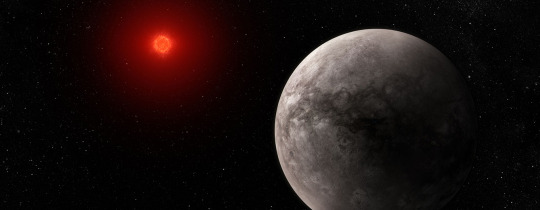
View On WordPress
0 notes
Text
I realize I have been shockingly inactive, so, I am here to answer any and all questions you may have for me!
52 notes
·
View notes